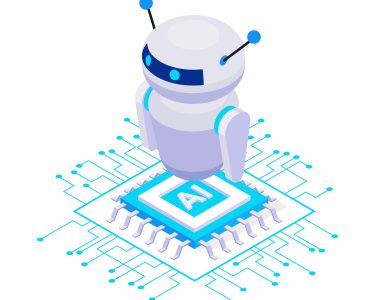As technology continues to advance, so too does the power of police surveillance. From facial recognition software to drone surveillance, law enforcement agencies are using an array of tech tools to keep our communities safe. However, as these technologies become more commonplace, concerns surrounding privacy and individual rights have intensified. In this blog post, we’ll explore the ethical considerations that come with police surveillance tech and discuss how we can strike a balance between public safety and personal freedoms in today’s digital age. So buckle up – it’s time to dive into this fascinating topic!
What is police surveillance tech?
Police surveillance tech is a term used to describe the various technologies that law enforcement agencies use to collect and store data on individuals. This can include everything from body-worn cameras and facial recognition software to license plate readers and cell phone tracking devices.
While police surveillance tech can be a valuable tool for keeping the public safe, it also raises important ethical questions about how this technology is used and how it affects people’s privacy rights. For example, should police be able to use facial recognition software to scan crowds of people in search of criminal suspects? And if so, how can they ensure that innocent people are not wrongly identified as criminals?
These are just some of the questions that need to be considered when balancing the use of police surveillance tech with the individual rights of citizens.
The different types of police surveillance tech
There are a variety of police surveillance technologies available, each with its own advantages and disadvantages.
Body-worn cameras are increasingly being used by police departments, providing an objective record of interactions between officers and the public. However, these cameras also raise privacy concerns, as they may capture footage of innocent bystanders or people who are not suspected of any crime.
Police departments also use license plate readers to track the movements of vehicles. This information can be helpful in Investigations, but it also raises concerns about government tracking of innocent citizens.
Surveillance drones are another tool that is being used more frequently by police departments. Drones can provide a bird’s eye view of a situation, but they can also invade privacy and raise safety concerns if they crash.
Police departments must strike a balance between using surveillance technologies that improve public safety and respecting the individual rights of citizens.
Pros and cons of police surveillance tech
Police surveillance tech can be a controversial topic. Some people feel that it is an invasion of privacy, while others believe that it is a necessary tool for public safety. There are pros and cons to both sides of the argument.
PROS:
-surveillance tech can help to deter crime
-it can be used to track down criminals after the fact
-it can help to keep the public safe
CONS:
-surveillance tech can be abused by police officers
-it can invade the privacy of innocent people
-it can be expensive to implement
How to balance public safety with individual rights
Surveillance technology can be a powerful tool for law enforcement, but it also raises significant privacy concerns. How can we balance the need for public safety with the individual rights of citizens?
There are a few key considerations when it comes to balancing public safety with individual rights:
1. Purpose of surveillance: Surveillance should only be used for legitimate law enforcement purposes, such as investigating crime or protecting public safety. It should not be used for general monitoring of citizens or to infringe on their privacy.
2. Nature of information collected: The type of information collected through surveillance should be limited to what is necessary for the legitimate purpose it is being used for. For example, if surveillance is being used to investigate a crime, then only information that is relevant to that investigation should be collected. Personal information that is not relevant to the investigation should not be collected.
3. Use of information: Any information collected through surveillance should only be used for the specific purpose it was collected for. It should not be shared with other agencies or individuals unless there is a legitimate need to do so. Once the information is no longer needed, it should be destroyed.
4. Oversight: There needs to be adequate oversight of surveillance programs to ensure they are being used appropriately and in accordance with the law. This oversight can come from independent agencies, such as civilian review boards, or from within the law enforcement agency itself.
5. Transparency: The public has a right to know
Conclusion
To sum up, police surveillance technology is a complex issue that must be addressed with care and consideration for both public safety and individual rights. It’s important to recognize the need for more regulation of these tools in order to ensure that they are not misused or abused by law enforcement officers. Ultimately, it is essential that we find a balance between protecting our citizens from crime while also preserving their right to privacy. This difficult task can only be achieved through informed public discourse, thoughtful policy making and ongoing evaluation of existing technologies.




